-
Welcome to Tacoma World!
You are currently viewing as a guest! To get full-access, you need to register for a FREE account.
As a registered member, you’ll be able to:- Participate in all Tacoma discussion topics
- Communicate privately with other Tacoma owners from around the world
- Post your own photos in our Members Gallery
- Access all special features of the site
High Iron and Aluminum in Oil
Discussion in '1st Gen. Tacomas (1995-2004)' started by life as ben, Jun 12, 2018.
Page 2 of 2
Page 2 of 2


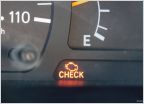 P2238 after disconnecting battery
P2238 after disconnecting battery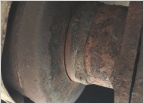 Catalytic converter question.
Catalytic converter question. Error codes P0420, P0125, P1130
Error codes P0420, P0125, P1130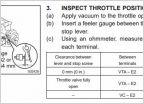 Throttle body
Throttle body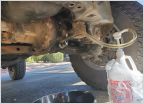 Diff Fluid
Diff Fluid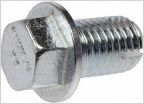 What oversized drain plug for Transmission drain bolt?
What oversized drain plug for Transmission drain bolt?







































































